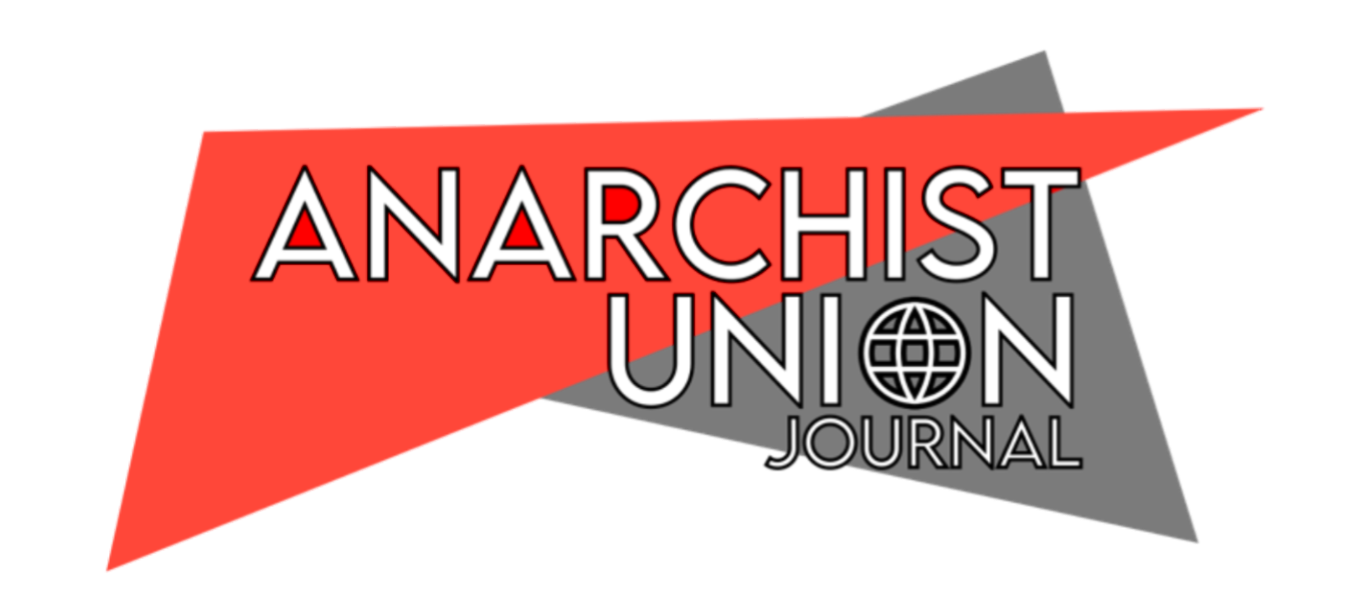A key tenet of green syndicalism is that development and expansion of capitalism proceeds through intrinsically interlocked forms of destruction (of land, of human and non-human communities). Destruction of natural life and destruction of human life go hand in hand. A motor for this is the exploitation of nature (reduced to resources) and the exploitation of humans (as labor).
Another key tenet of green syndicalism is that workers, based on their collective power at the point of production, are best positioned to stop this dual destruction in its various forms. But syndicalism must not take an economistic or productivist approach. It must be grounded in the specific structures and processes of capitalist development, and exploitation, in specific contexts.
In settler colonial contexts it means taking seriously the realities of settler colonialism (and its continuing development). It must mean solidarity with Indigenous calls for “land back.” Settler colonialism is one of the major contributors to climate crisis, and Indigenous people steward the vast majority of global biodiversity.
Green syndicalism must center anti-colonial analysis within its ideas and actions. Recognizing capitalist formation and development on Indigenous lands, and against Indigenous peoples. Recognizing that destruction of the land has always proceeded through destruction of Indigenous communities and people. Recognizing too that Indigenous peoples have, and continue, to provide the most crucial defense of the land and its constituents—while simultaneously being among the most exploited and oppressed members of the working class.
Syndicalists should connect with land defenders, bringing real resources in support. And take direction. One thing that syndicalists can do right now is to form a flying squad—a rapid response unit—to participate in land defense actions. This can include standing on blockades, picketing extractives companies, and providing defense barriers. The specifics will be determined according to specific needs of course. Working class flying squads also offer structures for engaging with workers on issues of Indigenous solidarity.
Anarcho-syndicalists, particularly non-Indigenous ones, can take on work challenging local misconceptions of white people in areas where land defense actions are happening. As one example of this, during the Six Nations land reclamation at Caledonia (Ontario) a union working group was formed, at request of Indigenous organizers, for predominantly white unionists to go door to door with information about the reclamation, history of the land in question, etc. to both inform people about what was happening and why (against racist political and media narratives) and to counter racist sentiment in the town.
Syndicalists should also look to important examples of Indigenous-led workplace organizing. One example is the Bows and Arrows, IWW Local 526, organized by Indigenous dock workers in so-called Vancouver (the unceded traditional territories of the xʷməθkʷəy̓əm (Musqueam), Sḵwx̱wú7mesh (Squamish), and səlilwətaɬ (Tsleil-Waututh) Nations).
Syndicalism cannot mean operating workplaces or industries on stolen land. Expropriation of capital means ending the systems of enclosure, dispossession, and colonialism on which capital, and capitalism, are based. True ecological restoration, and survival, means restoring Indigenous lands. It means land back as Indigenous peoples call for.
